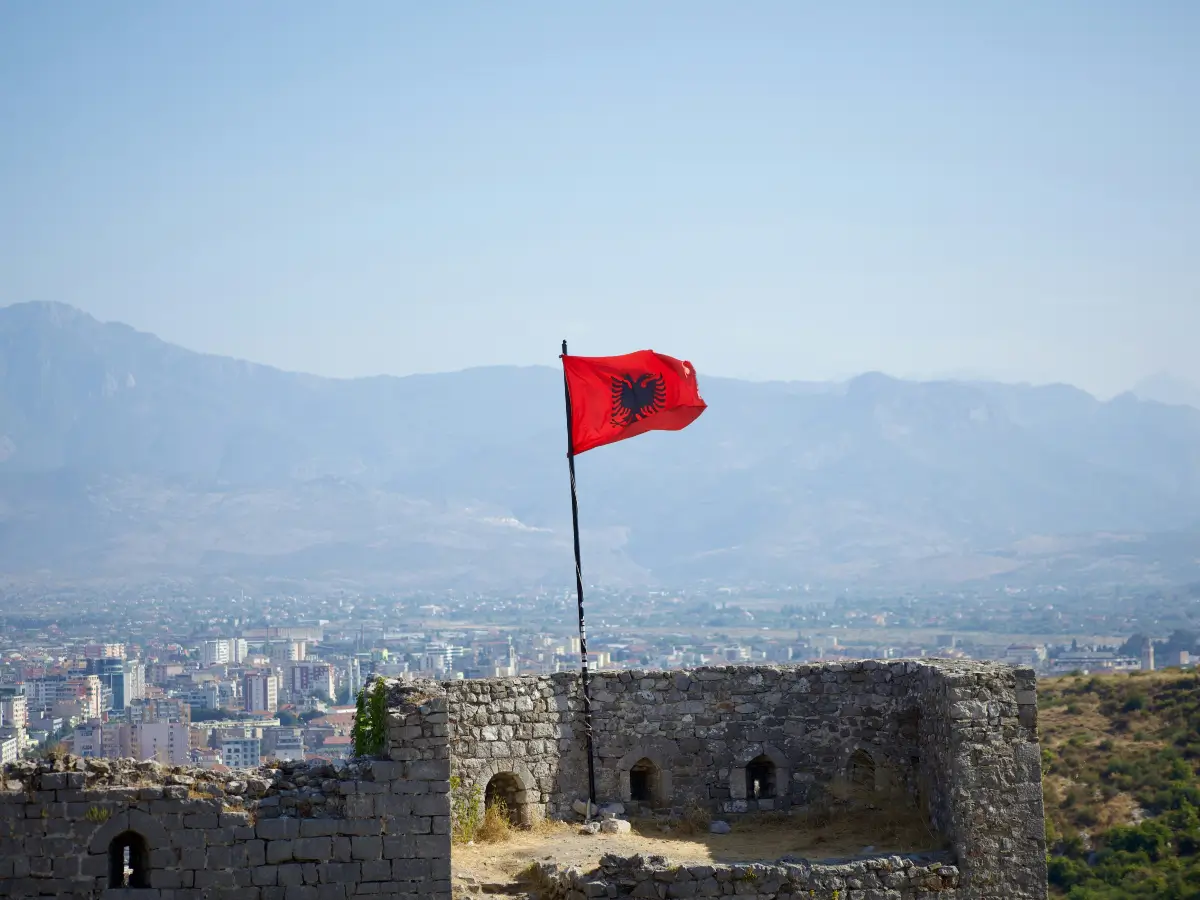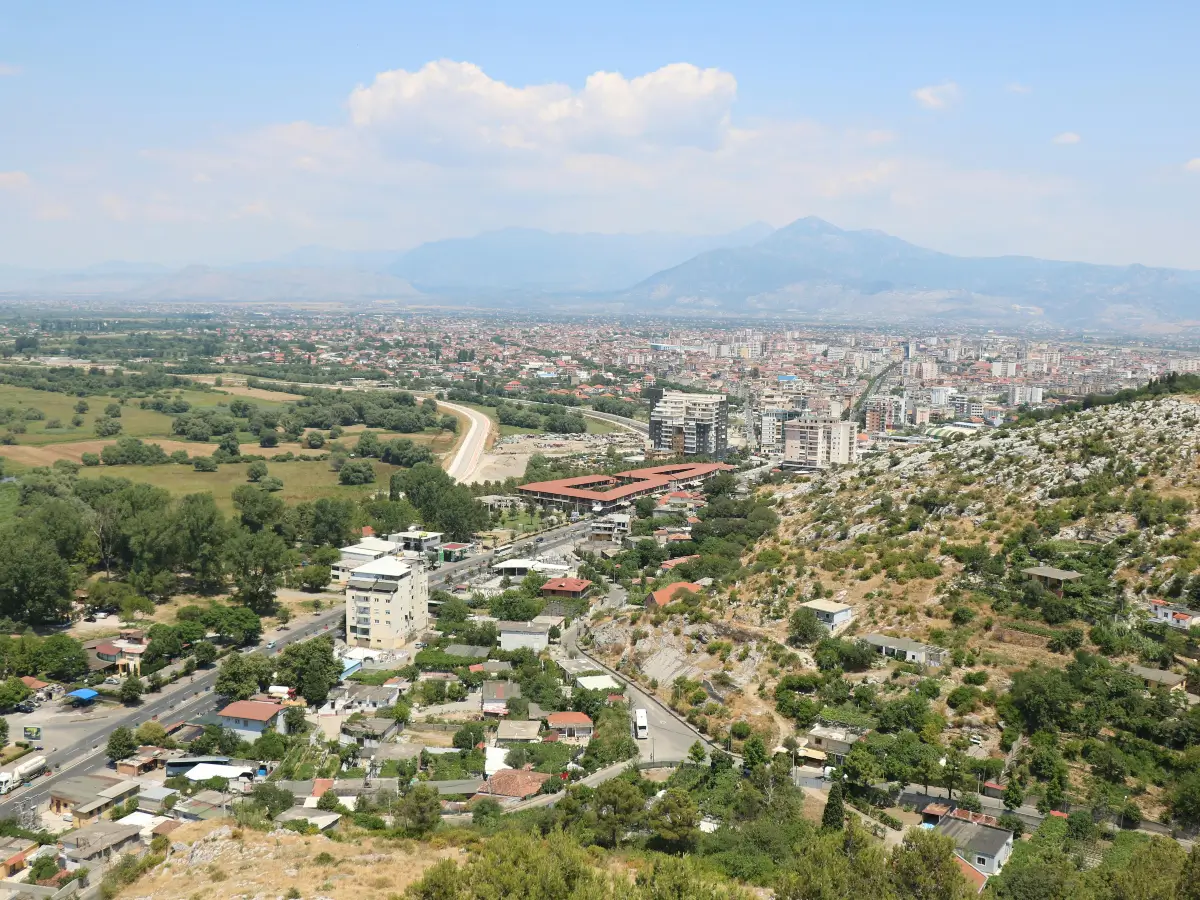Albania experienced one of the most radical and abrupt political transformations in modern Europe. After decades of extreme isolation under a hardline communist regime, the country entered the 1990s with no political parties, no open economy, and no tradition of civil liberties. The move toward democracy was not smooth — it was chaotic, painful, and deeply reshaping.
Unlike other Eastern European countries that had limited contact with the West, Albania’s communism was total. For nearly 45 years, the regime controlled every aspect of life: religion was banned, movement restricted, private property abolished, and the press censored. When the system collapsed, Albanians were left to rebuild from zero.

Life under the communist regime
The Albanian Communist Party, later renamed the Party of Labor, came to power in 1944 under the leadership of Enver Hoxha. Inspired by Stalinist principles, the regime quickly moved to suppress opposition, nationalize all property, and isolate the country from the world.
Citizens were monitored closely. Speaking against the government could result in prison or exile. Religious institutions were closed. Foreign influence was banned. Until the late 1980s, Albania had almost no trade, no internet, no contact with neighboring nations, and no access to independent media. The regime claimed this isolation was a form of self-reliance — but for most citizens, it created deep shortages, fear, and a lack of opportunity.
The fall of communism and the first cracks
The transition began slowly in the late 1980s, after Hoxha’s death in 1985 and the gradual weakening of state control under his successor, Ramiz Alia. As other Eastern Bloc countries began reforms, Albania remained closed — but pressure was building.
By 1990, student protests erupted in Tirana, demanding democratic reforms, free elections, and the right to travel. The regime responded with arrests, but the protests grew. For the first time in decades, public dissent became visible.
In December 1990, the first opposition party — the Democratic Party of Albania — was officially registered. This marked the beginning of Albania’s political pluralism. The country held its first multi-party elections in March 1991, with the former communists winning but facing massive resistance. A year later, a full government change occurred.
Major shifts during the transition
The early 1990s brought rapid and destabilizing changes. Albania had no institutional framework for democracy, no free press tradition, and no economic plan. Yet the country launched into reforms that reshaped every part of life.
Key developments in the transition included:
-
The collapse of state-run industries and collective farms
-
Legalization of private property and business
-
The return of religious freedom and reopening of mosques and churches
-
Massive migration to cities and abroad, especially to Greece and Italy
-
The introduction of a free press and multi-party elections
-
Widespread poverty, unemployment, and housing shortages
-
The rise of corruption, organized crime, and weak institutions
The pace of change was intense, and for many Albanians, the promises of democracy arrived alongside extreme hardship.

The 1997 crisis and the rebuilding of state authority
By 1997, the situation reached a breaking point. A national investment fraud — known as the pyramid scheme collapse — wiped out the savings of hundreds of thousands of families. The public response turned violent. Armed rebellion broke out across the country, and the government lost control of large areas.
This moment became one of Albania’s most dangerous post-communist periods. International forces were deployed to stabilize the country. Elections followed, and a new government took power. The crisis served as a wake-up call: democracy needed not just elections, but institutions that worked.
In the years that followed, Albania focused on rebuilding state structures, reforming its military and police, creating legal frameworks for property and finance, and applying for EU integration.
Where Albania stands today
Albania is now a parliamentary republic with regular elections, active political parties, and growing international ties. The country is a NATO member and an EU candidate state. While challenges remain — including corruption, emigration, and weak public services — the difference between Albania in 1985 and Albania today is vast.
The transition was not smooth or linear. It was full of setbacks and moments of crisis. But it also demonstrated resilience — a society that had been fully closed learned how to open up, speak freely, organize, and redefine its future.